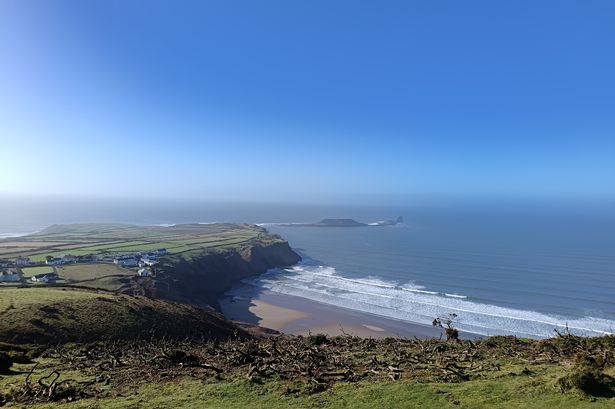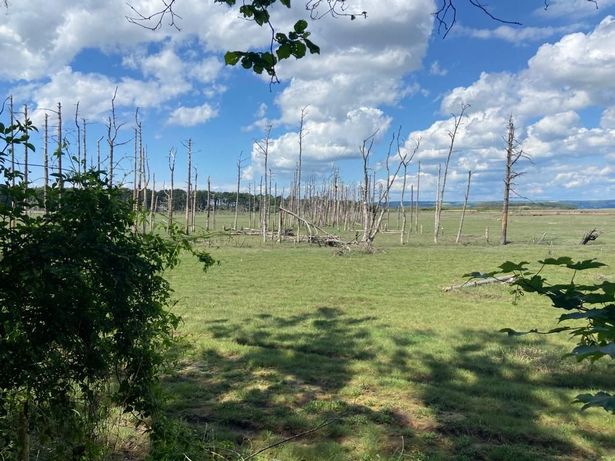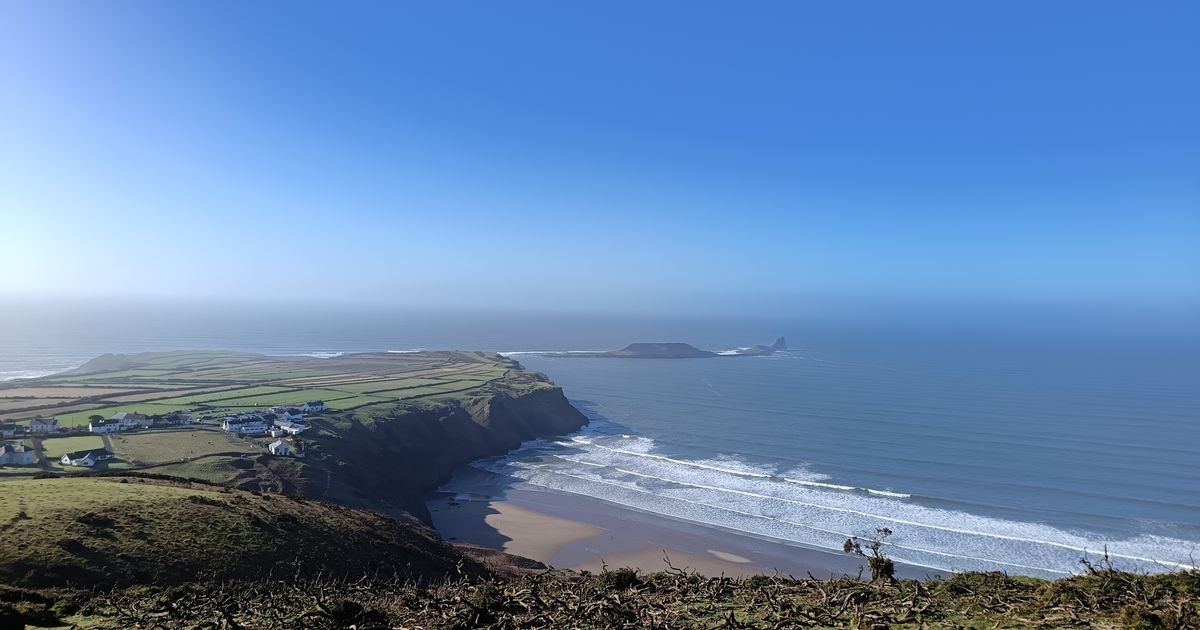Nothing is being taken for granted and the project will face competition but the rewards could be significant View of Rhossili and Worm’s Head, Gower (Image: Richard Youle )
View of Rhossili and Worm’s Head, Gower (Image: Richard Youle )
A long-term management plan to make what’s special about Gower even more special is to be developed with millions of pounds potentially up for grabs. It’ll mean graziers, commoners, landowners like the National Trust, and conservation groups such as the Gower Society coming together to help draw up a scheme.
The plan will then be submitted to the the National Lottery heritage fund, which announced in May that it will invest £150m in around 20 UK projects to benefit national parks and national landscapes – formerly areas of outstanding natural beauty – like Gower.
The aims of the lottery’s Landscape Connections scheme, as it is known, include:
- Helping those who maintain and look after these places to strengthen them as working landscapes
- Help landscapes recover by supporting habitats and species
- Enable everyone in the UK to have access to landscapes rich in nature, clean water, and fresh air, places that are inspiring in their beauty and cultural heritage.
Successful projects will need to measure the impact of what they’re doing in terms of nature recovery and getting people involved. The maximum grant available is £10m. Never miss a Swansea story by signing up to our newsletter here
Gower is known for its commons, heathlands, salt marshes, dune systems and coastal grasslands – large areas of the peninsula that generally aren’t farmed – as well as its beaches. Studies have shown that salt marshes, like ones in north Gower, effectively lock away greenhouse gases in their mud as well as being a natural flood defence.
 Dead trees at Cwm Ivy, north Gower, where the land used to be protected from the sea by an old seawall but itsn’t anymore(Image: WalesOnline)
Dead trees at Cwm Ivy, north Gower, where the land used to be protected from the sea by an old seawall but itsn’t anymore(Image: WalesOnline)
The Gower management plan will be developed over 18 months thanks to a £245,000 lottery heritage fund grant. The award followed a bid by the Gower Society and the National Landscapes Association – a charity which supports the UK’s 46 designated national landscapes.
Gower Society committee member Peter Burgess and colleagues heard about the £150m lottery fund and sprang into action. “It’s huge for us,” said Mr Burgess. “If we were to get the funding for an eight-to-10-year project, with a new approach to managing our open areas, it would be really good. There is a lot of pressure to get all the different partners together.”
A development officer has been appointed to start work on the study and applications have been received for two other posts. Mr Burgess said: “Work has been going on behind the scenes.”
A lack of resources, changing practices and a combination of overgrazing in some areas and too little grazing in others meant open areas weren’t being managed as well as they could be, according to Mr Burgess. “Because of this habitats are degrading and we may even lose them in time,” he said.
 Cattle roaming in Gower (Image: Edryd Williams)
Cattle roaming in Gower (Image: Edryd Williams)
Peter Lanfear, chairman of umbrella group Gower Commoners, said the peninsula had around 17,500 acres of commons that tended to suffer from “boom and bust” due to periodic rather than consistent funding schemes.
At present, he said, grazier numbers were low because of the risk of losing animals in road accidents and the effort it took to monitor their movements compared to those kept in a field.
“We need more graziers,” he said. Any income received went on fencing and cattle grids. “It’s a huge expense,” he said.
Mr Lanfear said having a mix of cattle, horses, and sheep grazing on open land created niches for different wildlife and helped keep commons in good condition. “With a well-managed common you have a mixture of habitats, wet areas, dry areas, different grass levels, some scrub, some open areas. A little bit of everything is good.”
John Watkins, chief executive of the National Landscapes Association, said: “I think this could be hugely significant for an area like Gower. We are very keen to see strengthened landscape connections in Wales and Gower is ideal for that.”
Asked what would happen if everybody wanted different things out of it he said: “That’s why in part there is this development (study) phase to work though these things. It has to be driven locally. The award of the £245,000 should give people reason to get round the table.”
There is said to be strong support from key groups in Gower. Alan Kearsley-Evans, the National Trust’s general manager for Gower, said: “We welcome the announcement of a new project focused on protecting this precious landscape.
“It aligns with our own ambitions to restore nature both on our own land and beyond our boundaries. We look forward to working with partners to develop plans to help safeguard key habitats to benefit both nature and people.”
